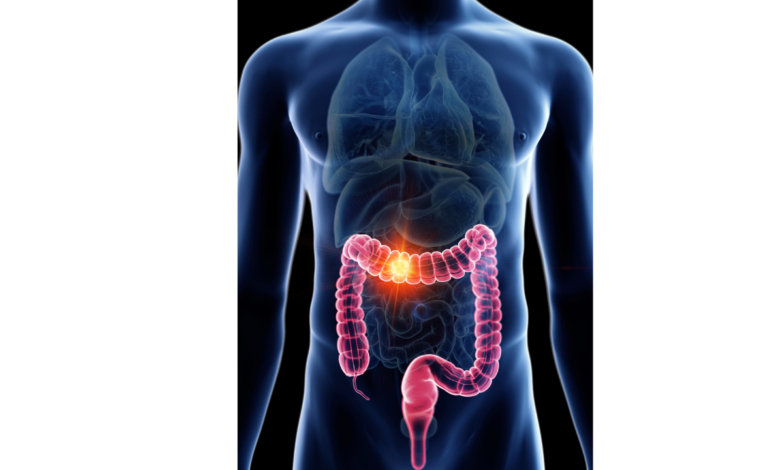
What is Sigmoidoscopy ?
Sigmoidoscopy is a medical procedure used to examine the lower part of the large intestine (colon), specifically the sigmoid colon and rectum. It involves inserting a flexible tube with a camera into the rectum to visualize the area.
Why Sigmoidoscopy is required?
Sigmoidoscopy is often performed to:
- Screen for colorectal cancer: While not as comprehensive as a colonoscopy, sigmoidoscopy can detect precancerous polyps or early-stage colorectal cancer in the lower colon.
- Investigate symptoms: It can be used to diagnose symptoms like rectal bleeding, constipation, or diarrhea.
- Monitor existing conditions: For individuals with inflammatory bowel diseases or other colon conditions, sigmoidoscopy can help monitor the progression of the disease.
which are the method of Sigmoidoscopy ?
· Flexible sigmoidoscopy: The most common type, it uses a flexible tube inserted through the anus.
· Rigid sigmoidoscopy: A shorter, rigid tube is used. This method is less common due to its discomfort.
who should go for Sigmoidoscopy ?
The American Cancer Society recommends that:
- Adults aged 50-75 should get a sigmoidoscopy every five years.
- Adults over 75 should talk to their doctor about the risks and benefits of continued sigmoidoscopies.
Individuals with a family history of colorectal cancer or inflammatory bowel disease may need more frequent screenings.
What are the results of Sigmoidoscopy ?
A sigmoidoscopy can reveal:
- Polyps: Small growths in the colon that can be removed during the procedure.
- Cancer: Early-stage colorectal cancer can be detected.
- Inflammatory bowel diseases: Conditions like Crohn’s disease or ulcerative colitis can be diagnosed or monitored.
- Other abnormalities: Ulcers, diverticulitis, or other conditions can also be identified.
What are the components of Sigmoidoscopy ?
A sigmoidoscopy typically involves:
- Preparation: You will need to follow a bowel preparation regimen to cleanse your colon before the procedure.
- Sedation: You may be given mild sedation to help you relax during the procedure.
- Insertion of the sigmoidoscope: The sigmoidoscope is inserted through the anus into the colon.
- Examination: The doctor will carefully examine the lower part of the colon.
- Removal of polyps: If any polyps are found, they can be removed during the procedure.
- Recovery: After the procedure, you will need to rest for a short time.





